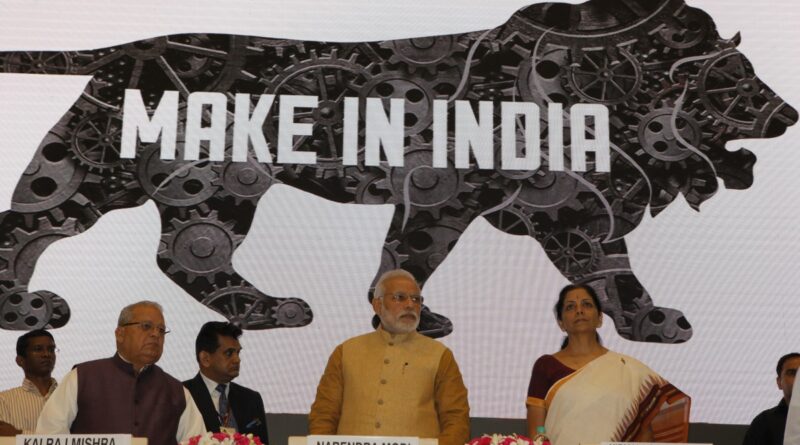India’s local manufacturing push spurs 2 billion mobile unit shipments
India’s ambitious push for self-sufficiency in mobile phone assembling is yielding results. India shipped 2 billion domestically assembled smartphones and feature phones between 2014 to 2022 as part of its Make in India initiative, according to a new research, as the world’s second largest handset market pushes to become self-reliant with its growing manufacturing infrastructure.
A staggering 98% of all mobile phone shipments within the Indian market in 2022 were domestically produced and 16% of the production was exported, according to Hong Kong-headquartered market and research firm Counterpoint, compared to a mere 19% in 2014, the year Prime Minister Narendra Modi’s administration assumed office.
It took India just two years to assemble the last 500 million smartphones and feature phones, Counterpoint said, a milestone that has cemented India’s position as the world’s second-largest mobile phone producer.
In recent years, New Delhi has opened its wallet to provide incentives to firms in a bid to spur domestic production.
“The government now intends to capitalize on its various schemes to make India a ‘semiconductor manufacturing and export hub.’ Going forward, we may see increasing production, especially for smartphones, as India gears to bridge the urban-rural digital divide and also become a mobile phone exporting powerhouse,” said Tarun Pathak, Research Director at Counterpoint in a statement.
About 200 smartphone and feature brands are assembling in India today, up from just two before 2014, he told TechCrunch. India is assembling roughly 1.8 times more smartphones than Vietnam and about a quarter of China’s output, he said. China, India, and Vietnam are the top three smartphone manufacturers.
“India has come a long way in mobile phone manufacturing,” said Pathak. “Local value addition in India currently stands at an average of more than 15%, compared to the low single digits eight years ago. Many companies are setting up units in the country for manufacturing mobile phones as well as components, leading to growing investments, increasing jobs and overall ecosystem development.”
India has also benefited as many Western companies scramble to look for a backup to China as the world’s factory floor. Even though India is drawing hardware companies to increase their footprint in the nation, current administration officials contend that the South Asian market might have been better off if the preceding ruling parties had performed more diligently.
A senior Indian minister last month blamed the previous governments’ strategic and political vision and “a big dose of incompetence” as significant contributors to the country’s underdeveloped semiconductor industry. “India has missed the bus repeatedly on electronics and semiconductors. There was a lack of strategic and political vision and a big dose of incompetence,” said Rajeev Chandrasekhar, deputy minister for IT.
“Fairchild semiconductors, which is the precursor to Intel, came to India in 1957 for a packaging unit and we chased them away. That packaging unit went on to become Asia’s largest packaging hub in Malaysia. We set up a fab for silicon and germanium transistors that had shut down. India’s major VLSI facility, Semi-Conductor Laboratory (SCL), perished, as a mysterious fire in 1989 halted production until 1997. In 1987, India was just two years behind the latest chip manufacturing technology. Today, we are 12 generations behind — this is how far behind as a nation on semiconductors,” he said.





